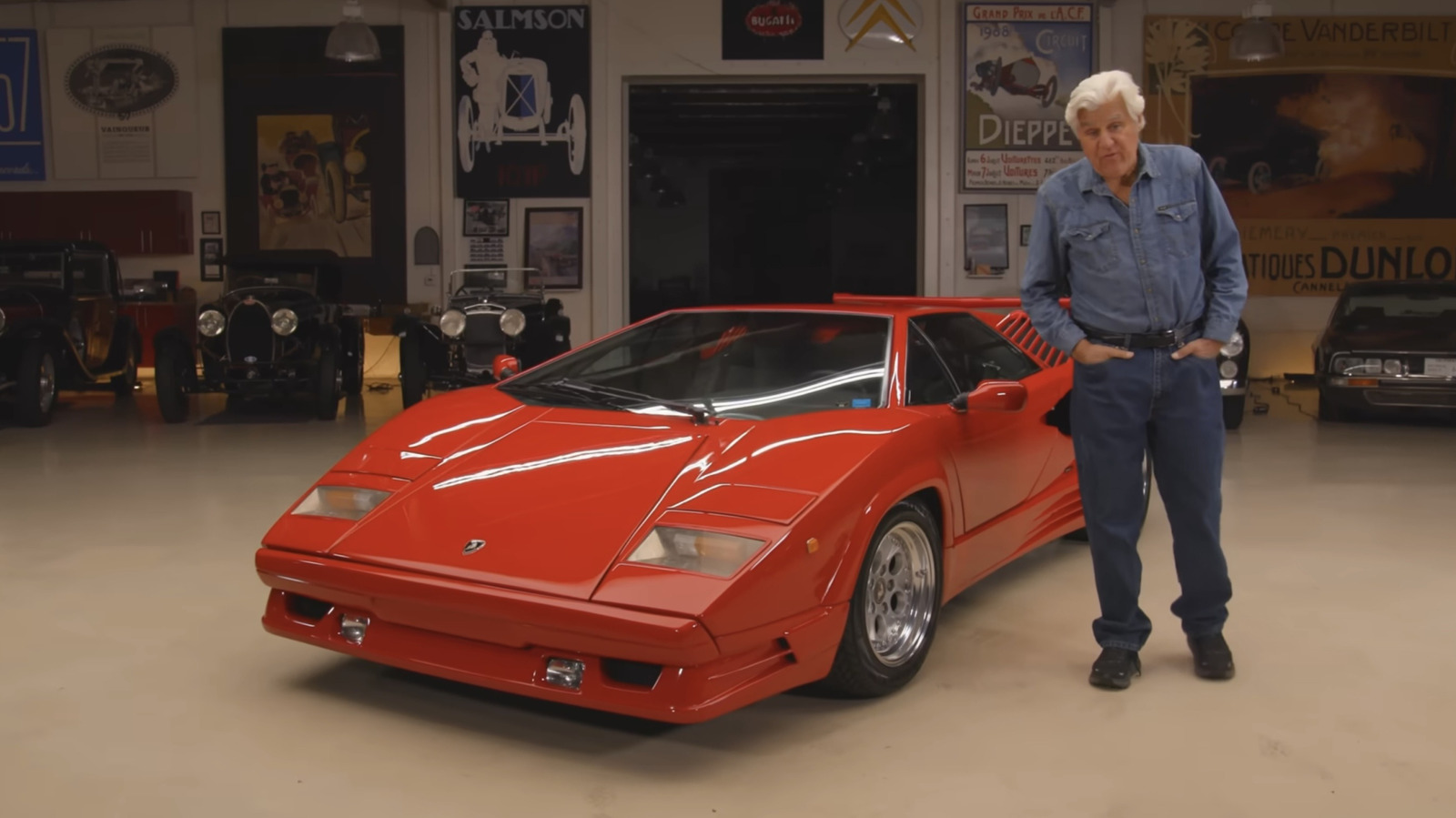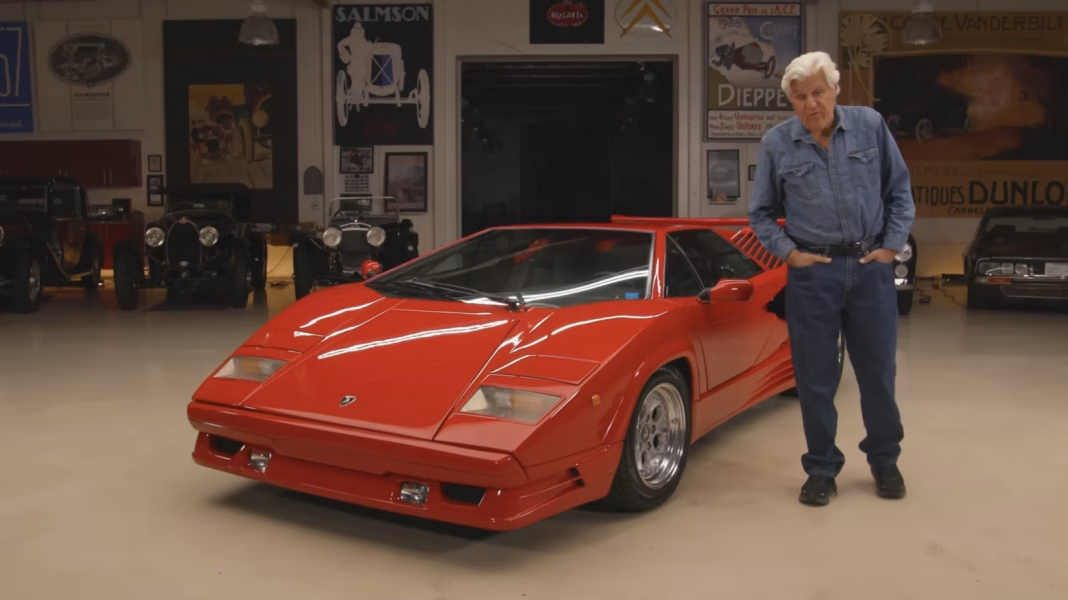What Was Jay Leno’s Law and Why Did It Matter to California Car Collectors?
If you’re a car enthusiast in California, you probably know the struggle of keeping your classic ride on the road. Between strict emissions rules and ever-changing regulations, it can feel like the odds are stacked against anyone who loves vintage vehicles. That’s where Jay Leno—yes, the late-night legend and serious car collector—stepped in. He championed a bill, quickly dubbed Jay Leno’s Law, aimed at making life a little easier for collectors and hobbyists. But what exactly was this law, and why did it spark such a buzz?
Jay Leno’s Law was designed to give car collectors a break from some of California’s toughest smog check requirements. Specifically, the bill proposed that vehicles 30 years or older would be exempt from the state’s biennial smog inspections. For context, California currently exempts only pre-1976 vehicles, leaving thousands of 1976-and-newer classics in regulatory limbo. Leno’s proposal would have opened the door for more enthusiasts to legally drive and enjoy their prized cars without the constant headache of passing modern emissions tests.
How Did California’s Existing Laws Impact Classic Car Owners?
California is famous (or infamous, depending on who you ask) for having some of the strictest vehicle emissions standards in the country. The state’s Smog Check Program, while great for air quality, can be a nightmare for anyone with a classic car that wasn’t built with today’s technology in mind. Many older vehicles simply can’t meet modern standards without extensive—and expensive—modifications. That’s not just a hassle; it can also mean that rare, historically significant cars end up off the road or even scrapped.
For car collectors, these rules create a real dilemma. Do you keep your vehicle original and risk not passing inspection, or do you modify it and lose authenticity? It’s a tough call, especially when you consider that classic cars are typically driven far less than daily commuters and have a negligible impact on overall emissions. According to the Specialty Equipment Market Association (SEMA), classic and collector vehicles make up less than 1% of all vehicles on the road in California, yet they’re subject to the same rigorous standards as modern cars.
Why Did Jay Leno’s Proposal Fail to Gain Traction?
Despite Leno’s star power and the passionate support from the collector community, the bill didn’t make it past the committee stage. Lawmakers cited concerns about air quality and the precedent that loosening smog rules might set. California has made significant progress in reducing vehicle emissions over the past few decades, and there’s a strong political will to keep that momentum going.
Opponents of the bill argued that any exemption, no matter how small, could open the door to further rollbacks and undermine the state’s environmental goals. Supporters countered with data showing the minimal impact of classic cars, but the argument wasn’t enough to sway the committee. The result? Jay Leno’s Law was quietly shelved, leaving collectors frustrated and still facing the same regulatory hurdles.
What Are Car Collectors Doing Now to Navigate California’s Regulations?
With the bill dead, car collectors haven’t given up. Many are turning to creative solutions to keep their vehicles legal and on the road. Some are investing in modern emissions equipment or engine swaps that allow older cars to pass smog checks without sacrificing too much originality. Others are exploring registration loopholes, such as registering vehicles as “historical” or “occasional use” cars, which can sometimes reduce the regulatory burden.
There’s also a growing movement to advocate for more nuanced laws that recognize the unique status of classic vehicles. Organizations like SEMA and the Antique Automobile Club of America continue to lobby for fairer treatment, arguing that preserving automotive history shouldn’t come at the expense of environmental progress. The conversation is ongoing, and while change is slow, there’s hope that future legislation might strike a better balance.
Is There a Middle Ground Between Preservation and Environmental Responsibility?
This is the million-dollar question. Most collectors aren’t looking for a free pass to pollute—they just want reasonable accommodations for vehicles that are part of our cultural heritage. Some states have found success with mileage-based exemptions or limited-use permits, which allow classic cars to be driven occasionally without subjecting them to the same rules as daily drivers.
California could take a page from these playbooks, perhaps by introducing a rolling exemption for vehicles over a certain age or by allowing limited-use registrations for collector cars. The key is finding a solution that protects air quality without erasing automotive history. After all, these cars are rolling museums, and their preservation benefits everyone who appreciates design, engineering, and a good story.
What’s Next for California’s Car Collectors?
The fight isn’t over. While Jay Leno’s Law didn’t make it through this time, the conversation it sparked is far from finished. Collectors, lawmakers, and environmental advocates are still searching for common ground. If you’re a classic car owner in California, staying informed and involved is your best bet. Join local clubs, connect with advocacy groups, and keep an eye on legislative developments.
The big takeaway? Keeping classic cars on California roads isn’t about perfection—it’s about smarter adjustments. Start with one change this week, and you’ll likely spot the difference by month’s end.


